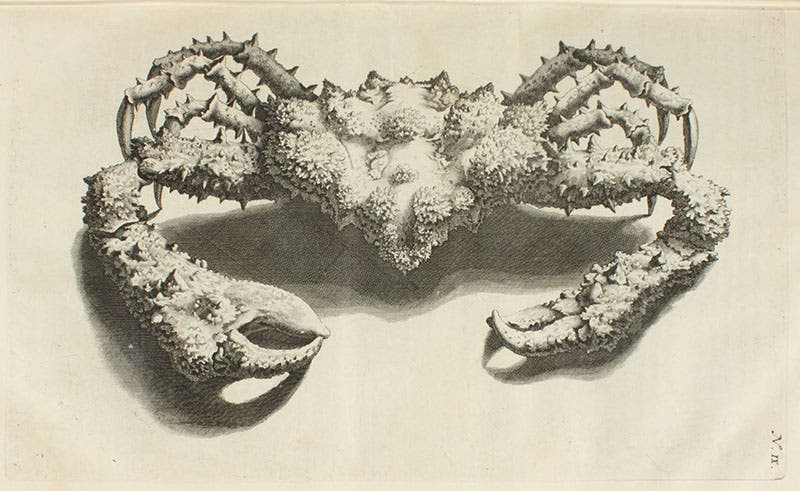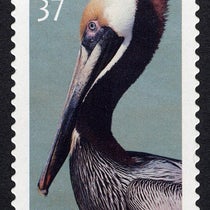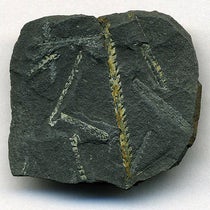Scientist of the Day - Georg Eberhard Rumpf
Georg Eberhard Rumpf, a Dutch naturalist, died June 15, 1702, at age 74. Rumpf (often referred to as Rumphius) joined the Dutch East India Company in 1652 and sailed to the island of Ambon in the Molucca Islands (now known as the Maluku Islands, Indonesia). He was a merchant for the Dutch East Indies Company, but he was given leave to pursue his avid interest in natural history. He collected extensively a variety of plant and animal specimens, especially shells, and eventually there would be published a large folio on the natural history of Ambon, called D'Amboinsche rariteitkamer (1705), and another on the plants, Herbarium Amboinense (1741). However, the obstacles Fate placed in the way of these publications were formidable. First, Rumpf lost his eyesight in 1670, at about age 42, which must have been extremely discouraging for a student of nature. He then lost his wife and daughter in an earthquake two years later. In 1687, all his drawings were destroyed in a fire, although the text of his forthcoming books was spared. He had new illustrations made, and sent off the manuscript of the Herbarium to Holland, but the ship was sunk by the French navy. Rumpf redid the manuscript and sent it again in 1696, but it lay unread and unpublished until 1741. So poor Rumpf died without seeing anything in print. As it happened, a friend rescued the Rariteitkamer and had it published in 1705 (to do so, he had to commission new illustrations from none other than Maria Merian). The Rariteitkamer is now one of the classics of natural history and of conchology, since most of the plates show shells and crustaceans. We have a first edition of the Latin translation (1711) and a second edition (1741) of the original Dutch edition in our History of Science Collection. They both contain a large engraved portrait of the blind naturalist (first image). We do not own the Herbarium. Fortunately, our 1741 edition of the Rariteitkamer has been digitized, so we can show you some of the other engravings in the work. Rumpf discussed and illustrated both the pearly nautilus and the paper nautilus. There are also several plates of cowries and cone shells, and one famous one of a coconut crab.
Our favorite image, which we show here (second image) is what Rumpf called Cancer horridus. In his day, all crabs were called Cancer, a tradition that Linnaeus would continue, but we now put crabs in many different genera in a variety of families. This Rubble crab is now known as Daldorfia horrida and is variously described as “grotesque” and “horrific,” and I would not like to see it crawling toward me on a dark beach in Ambon. The frontispiece of the Rariteitkamer is also worth a look. Rumpf almost certainly had nothing to do with its design, and as far as we know he never organized his collection into a wonder room like this. But there were many European collectors who did – the cabinet of curiosities was far from dead – and they were the ones who offered a market for Rumpf’s book and provided the impetus for multiple editions in several languages. There is a memorial plaque for Rumpf in Wölfersheim, Germany, where this Dutch-speaking naturalist was oddly born and raised. Dr. William B. Ashworth, Jr., Consultant for the History of Science, Linda Hall Library and Associate Professor emeritus, Department of History, University of Missouri-Kansas City. Comments or corrections are welcome; please direct to ashworthw@umkc.edu.







